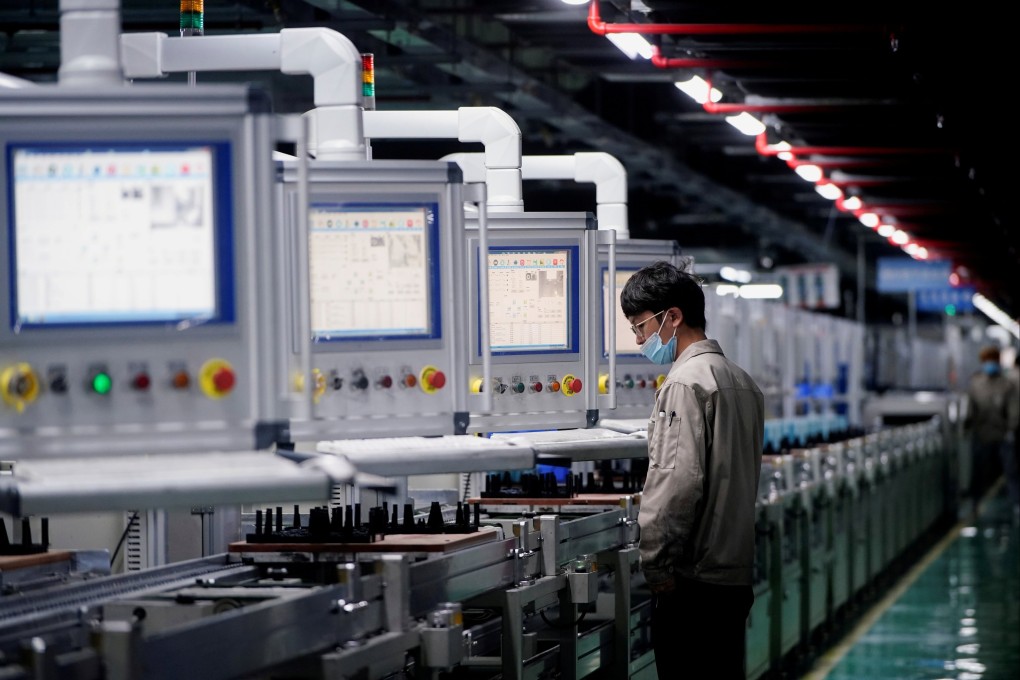Advertisement
Macroscope | Why China is still the world’s factory, only upgraded
- Despite rising costs, a US trade war and the Covid-19 outbreak, China’s resilient supply chain has prevailed and enabled its economy to move up the value chain
- China remains an export powerhouse reshaping the landscape of global trade
Reading Time:3 minutes
Why you can trust SCMP
14

The meteoric rise of the Chinese economy over the past 40 years would not have been possible without the stellar success of its export-driven growth model. While the economy has rebalanced away from export expansion in recent years, there is no let-up on its trade competitiveness.
The country’s position as the “world’s factory” has strengthened despite a structural increase in production costs, and recent events such as the US-China trade war and the Covid-19 pandemic, both of which could have undermined its position in the global supply chain.
Successive US tariff increases on Chinese products had the anticipated effect. US-bound exports from China fell by 17 per cent from 2017 to end-2019, resulting in a sharp drop in China’s market share in the world’s largest consumer market.
But on the global stage, China’s market share grew by around 0.5 per cent, more than twice that of the next biggest riser, Vietnam, which saw growth of some 0.2 per cent over the same period, according to Unctad data.

This happened for two reasons. First, by shifting their focus from the United States, Chinese exporters were able to explore new markets in the Asean region and countries along the Belt and Road Initiative.
Advertisement
